To get the best from "ANGEL MIX 2.0"
To successfully prepare Croissant, Fagottini, Sfogliatine and high-quality gluten-free Viennoiserie products with our Angel Mix 2.0 it is important to carefully follow the provided recipes, and strictly adhere to all the described steps.
In addition to these, you will find in this article a whole series of "Chef's secrets" that can be useful to prevent more or less important "disasters" and bake high-quality gluten-free leavened products, without waste, beautiful to see and delicious to taste.
Don't be scared, they are not rules to memorize: these "tips" are the result of thousands of tests carried out day after day, and are offered to you to avoid making the same mistakes we made, while we were perfecting our recipes!
They are in no particular order, as they will be updated as needed, mainly as a result of feedback from our customers.
SO..
- It is important that the water used for the dough is cold from the refrigerator, even more so if the processing is done in a particularly warm environment or during the summer season. This allows you to obtain a firm and well-hydrated dough that will allow you to encase and laminate the puff pastry fat without problems.
- It is important that the consistency of the dough obtained, before the lamination phase, is correct: it should not be hard or dry or too "dense", but compact, firm, slightly sticky, tenacious, but not soft or fluffy. Better to increase hydration and correct with plenty of dusting flour, rather than adding little water and ending up with a stiff dough or one with little elasticity, which tears easily!
This is why it is important to do the first tests with small quantities of product, in order to verify the hydration capacity of the ingredients you are using and make the necessary adjustments, if needed. - Professional puff pastry margarine is the best solution to achieve a well-laminated dough, but excellent products can also be obtained with "battle" margarines like those found in the refrigerated section of Large Distribution. The main difference is that the former withstands temperature fluctuations much better and especially does not cause major problems even if used in very warm environments, while non-professional margarine - when used in such conditions - must be refrigerated for a few minutes: this and the cold water used for the dough will ensure the right temperature and lamination can be carried out without particular problems.
- The non-professional margarine to be used MUST NOT be the "spreadable" type and must have at least 80% fat. We have noticed that products rich in rapeseed oil yield less than other types. This means the product will have less development during proofing and baking.
- The product is "perfectly made" when at the end of baking it leaves the baking tray dry and has not lost fat.
- For dusting the work surface—to prevent the dough from sticking to the table during processing—use rice starch, or alternatively tapioca starch, potato starch, or corn starch—in that order of preference. The use of any type or granularity of flour is strictly to be avoided, as it dries the dough and compromises its development.
- Avoid the automated proofing programs found in some professional ovens: these programs are designed for "normal" leavened products, while gluten-free products are in a completely different "class." The humidity needed to develop a "glutinous" proofing will likely suffocate the gluten-free product, compromising the final result, which will be underdeveloped and have large "cracks" on the surface, causing fat loss and a final product that is poorly proofed, poorly layered, and heavy.
- The lamination process is carried out without resting between turns, but in a single session. The dough should not be rested in the refrigerator or prepared the night before for the next day. The only exception is during the preparation of croissants with butter, which under particular environmental conditions requires a brief refrigeration between turns to ensure proper lamination.
- The best way to proof croissants, pastries, etc. is to use a proofer at 42°C, taking care to cover the products with lightly oiled plastic sheets. This will create the ideal microclimate for product development, allowing it to proof and rise optimally. Alternatively, a tray with water can be placed, but it is imperative that too much humidity does not form, as this would inhibit the proofing process. The recommended humidity is between 60% and 80%.
- The proofing phase is perhaps the most critical: if not done properly, the products will not develop the characteristic layering and will remain dense, flat, and very "bready".
- Our recipes are designed to be customized by you. However, this does not mean improvising substitutions or changes in the procedures, times, and temperatures of proofing or baking. If, in a given recipe, there is a type of starch and a certain amount of water, randomly changing these elements could lead to the poor success of the final product.
- If pastry is "chemistry", gluten-free pastry is "nuclear engineering", so attention to weights, temperatures, times, etc. is even more fundamental!
- It is difficult to get the optimal dough right on the first try, so at least at the beginning make small tests with modest amounts of dough and if possible perform the lamination phase by hand. Touching the dough, recognizing its consistency, feeling how it reacts to handling, etc. will allow you to foresee and prevent future mistakes and you will learn to become familiar with the process.
- Recipes are important, that's true. HOWEVER, it can happen that certain ingredients you have available perform differently from those (although very numerous) that we have tested. A starch that requires slightly more hydration, a sugar with a lower grinding degree than common sugar: just this, for example, could affect the perfect success of the recipe, with a yield lower than expected. So, again: yes, the recipe is important, but also pay attention to the ingredients you use that might require greater care. And in case of doubts, we are here to help you. Always.
- It is important that the doughs are prepared correctly but it is not essential that they are made exactly as described in our recipes. If - for example - we write to work the ingredients in the mixer using the "hook" but you only have the "paddle", that is fine too. What makes the difference is that the resulting dough is well worked, smooth, homogeneous, and elastic, without lumps or apparent irregularities.
- Our recipes for croissants, pain au chocolat, etc. have been tested with many different margarines, both professional and "homemade", those found in the supermarket refrigerated section. The yield has always been excellent, regardless of the product used, but it is undeniable that some margarines have a higher yield, both in terms of taste and in terms of product development, during proofing and baking. If the result you get does not satisfy you, try changing the margarine!
- All these observations also apply in the case of lamination with butter, respecting the temperatures and times indicated in the respective recipes.
- The best results - to date - have been achieved with Corman Butter "Ambient Chaud", a product specifically designed for work in warm environments.

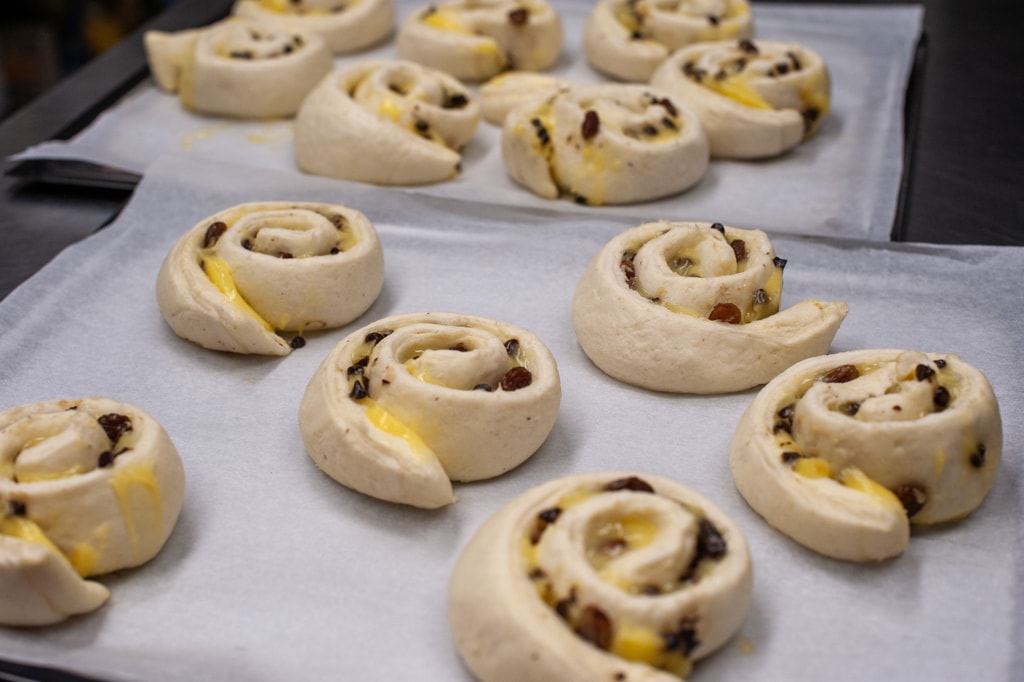
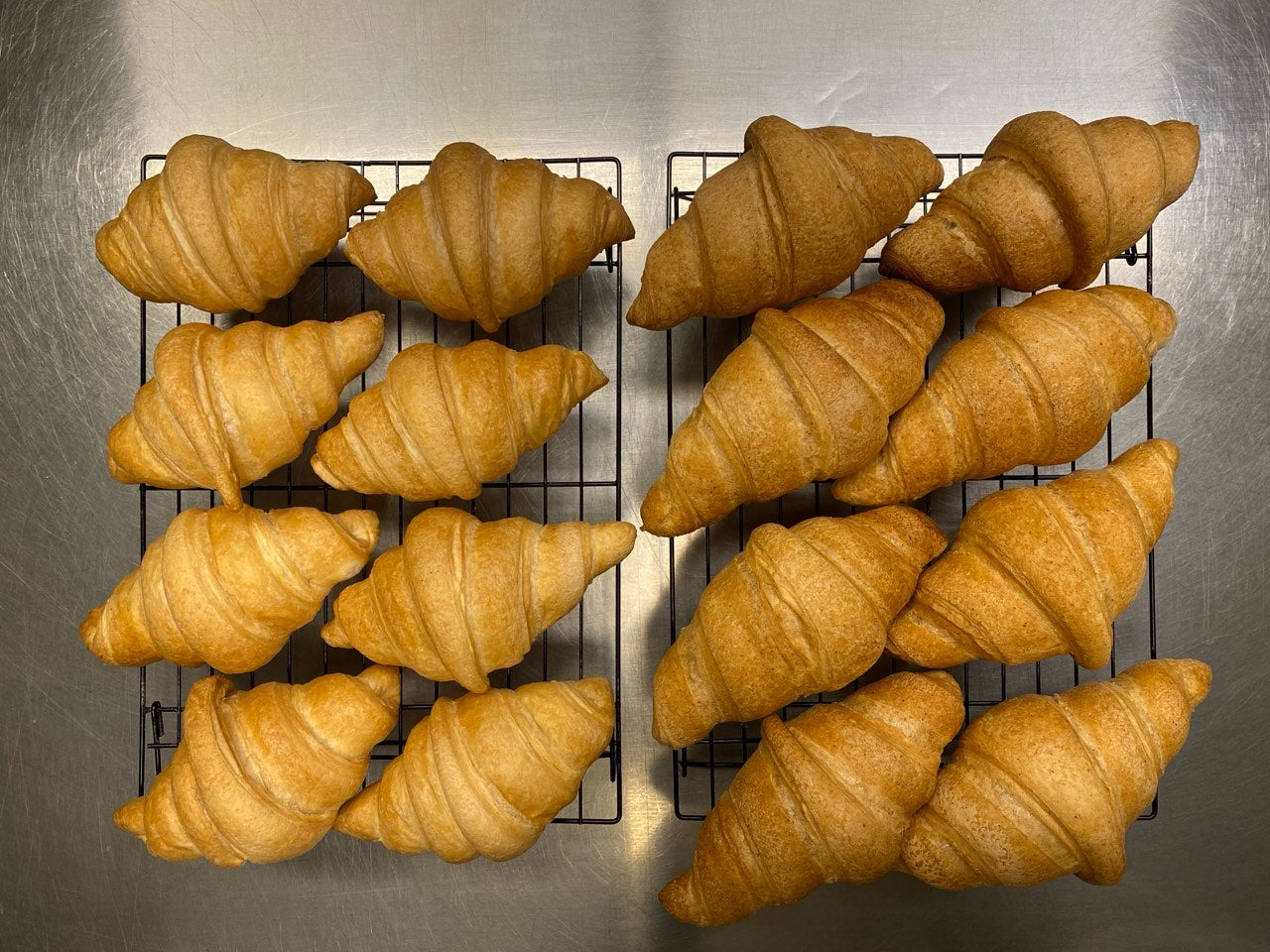
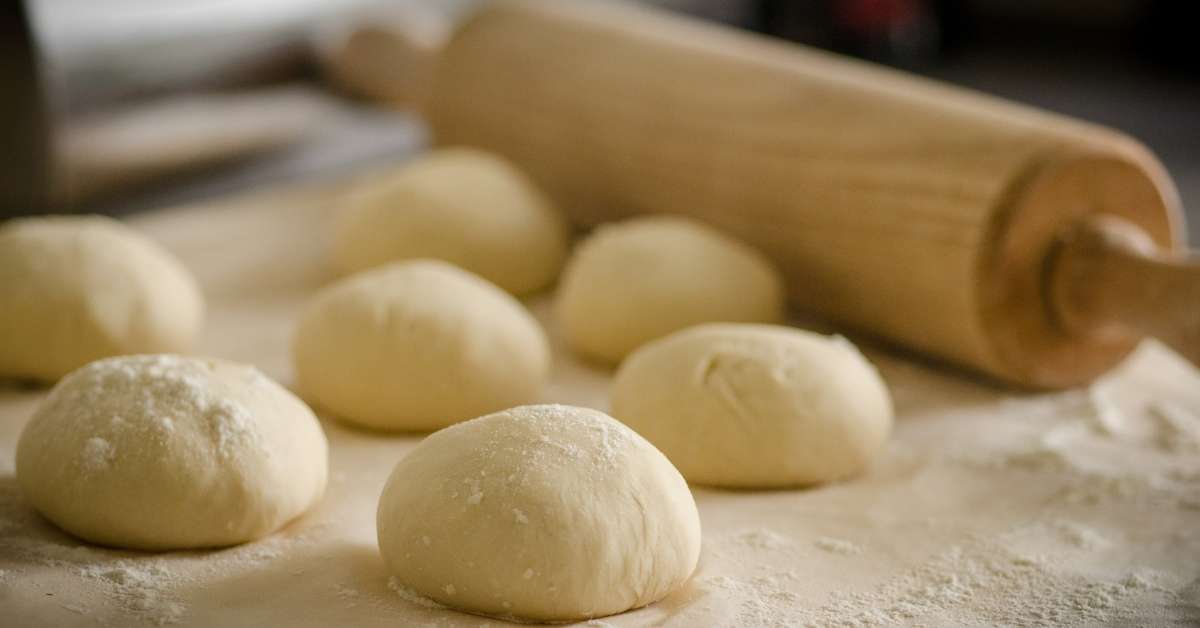
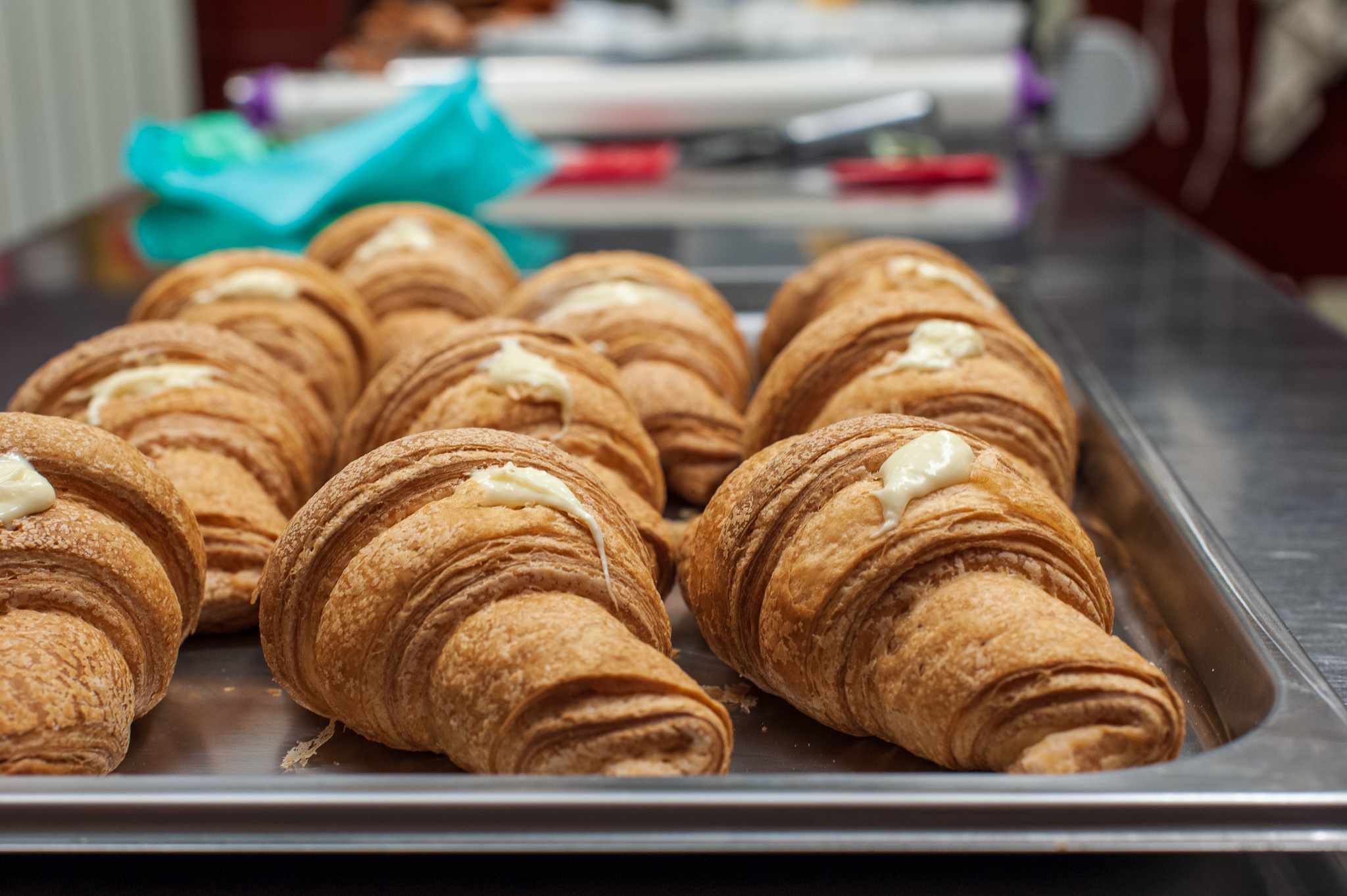
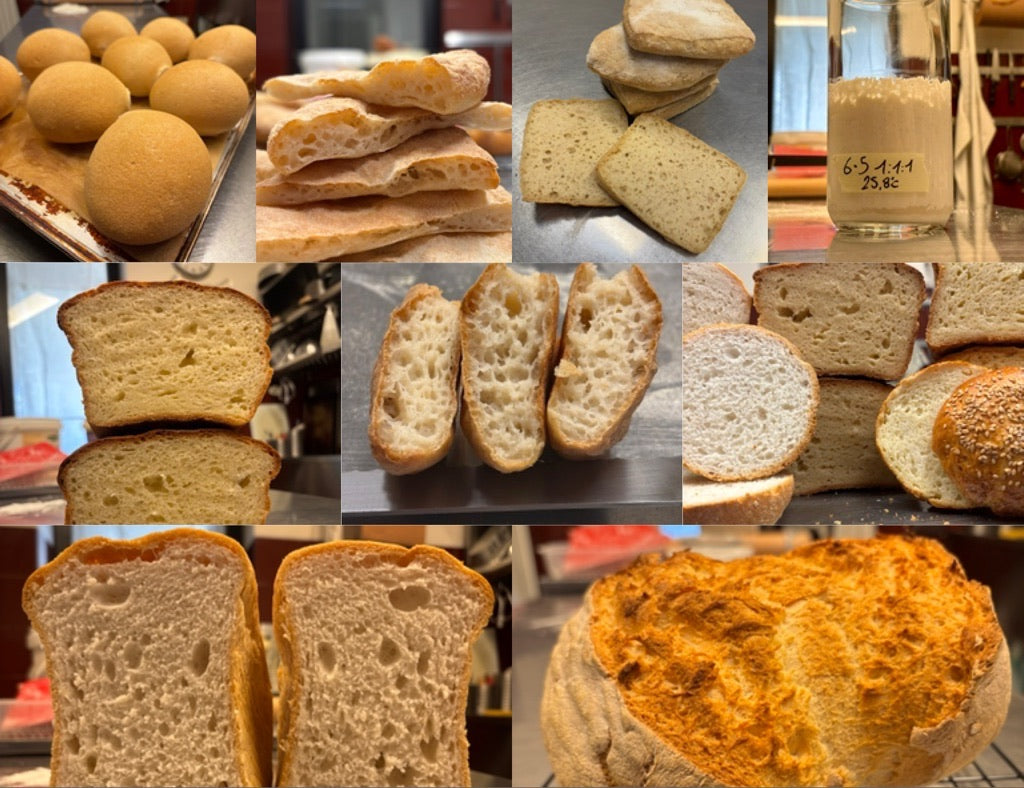
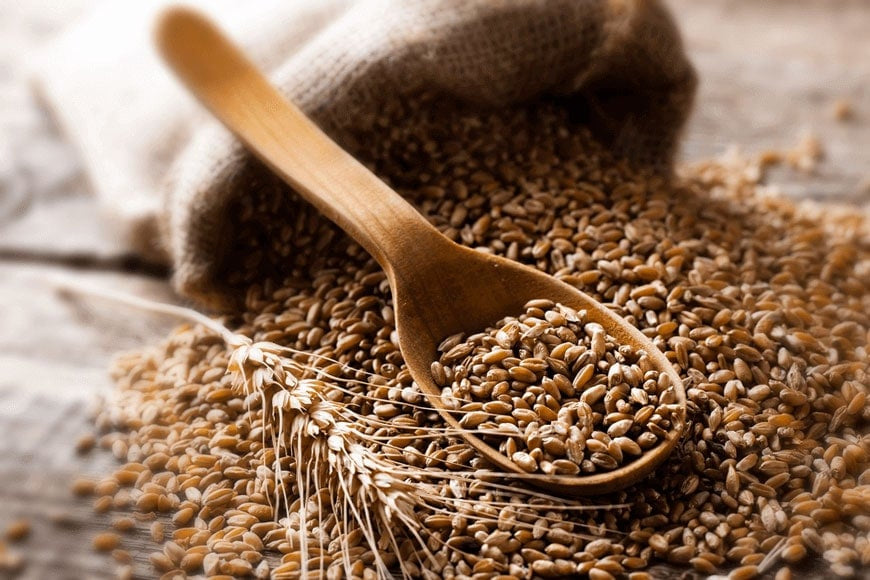

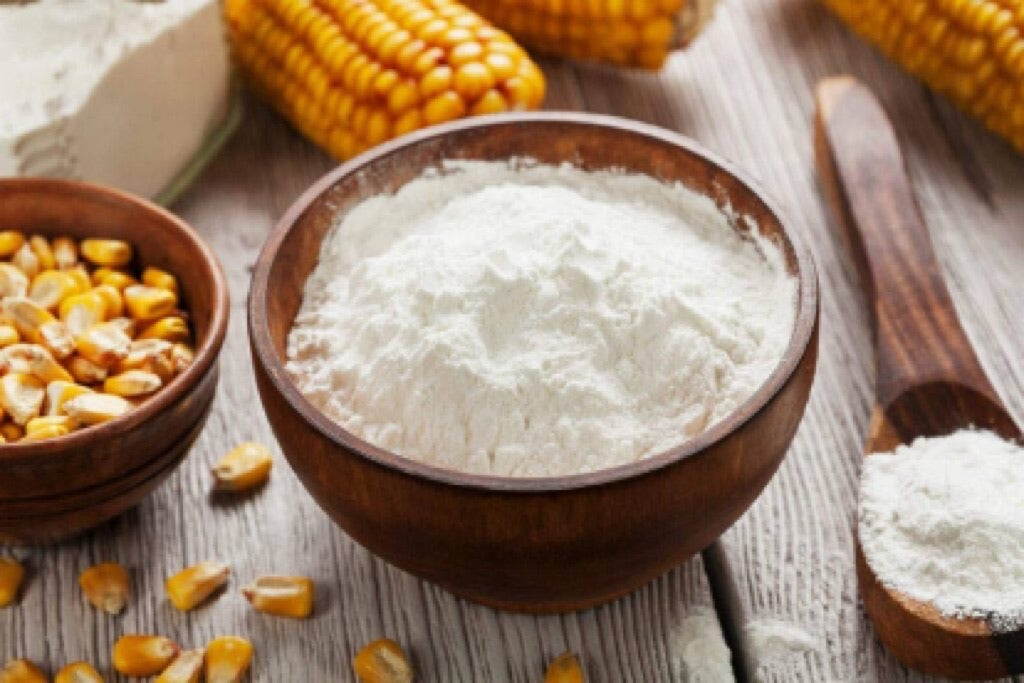
Share:
Why don't we like pre-made blends?
It's not for the industry. It's for you.